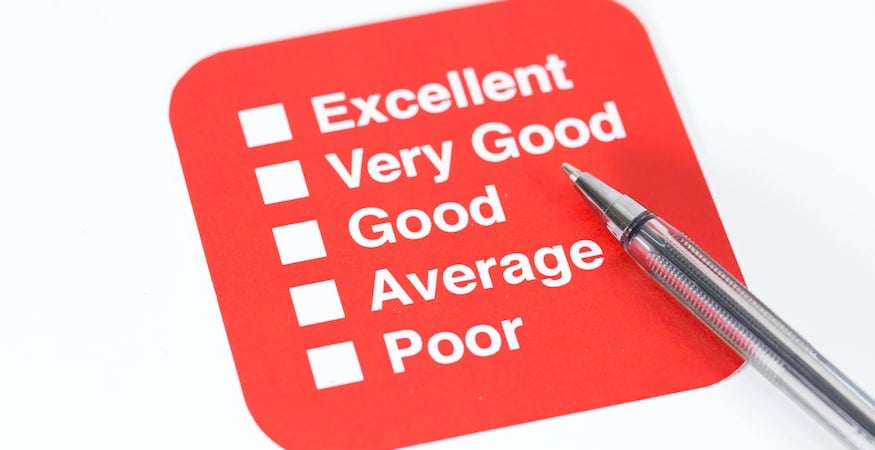Supplier quality can make or break your manufacturing process. If your supply chain is running smoothly, it’s easy to ignore. But if your supply chain fails or you find supplier quality issues, you could end up losing customers. To prevent the latter, you can develop a supplier scorecard program. Using scorecards allows your organization to analyze supplier performance, mitigate risk and, ultimately, keep your current and future customers happy.
Here’s how:
1. Set Expectations for Suppliers with Scorecards
Communicating the expectations you have for your suppliers levels the playing field, allowing both parties to work together to meet those expectations. If the supplier doesn’t know what you’re expecting regarding quality, how can it possibly deliver? Once you’ve set the expectations, you can track the criteria you’ve laid out for the supplier. This will provide you with valuable, quantitative data.
2. Track Data and Analyze Performance
As the scorecard creator, you choose the criteria you want to score. You could focus solely on quality or price; others may value on-time delivery (OTD) data. It can be any combination of standards you use to select suppliers. No matter how you score it, as long as you’re consistent, the scorecards will show trends.
3. Rank Your Suppliers
Once you have enough data to analyze these trends you can develop a ranking system. This can help you make more informed sourcing decisions, especially if you group similar suppliers together in the rankings. For example, you can group all of your wire suppliers together and rank them separately from the suppliers you buy connectors from. The suppliers who are consistently great should be your first calls when ordering parts. Suppliers who are consistently substandard may present an opportunity for improvement, or even be cause for switching to a different provider.
4. Reduce Risk, Increase Purchasing Power
Buying parts according to your supplier rankings can reduce wasted time and resources spent on bad parts that aren’t always on time and possibly uncover cost savings. You might decide to buy from a supplier who charges more but has a 99% OTD rate over a supplier with cheaper parts and a 45% OTD rate. This could save you money by keeping the production line running. If your production workers aren’t waiting for parts, they can increase product output, therefore getting the finished product to the customer faster.
5. Improve Transparency and Build a Partnership
It may be difficult to inform a supplier you’ve been working with for a long time that it’s not meeting your expectations in a specific area. However, the supplier will likely appreciate the feedback and may choose to work with you to fix the problem. When you give your supplier the opportunity to improve, you strengthen your partnership and can manage non-conformance proactively. On the other hand, be sure to let your supplier know if it’s performing above your standards! Everyone loves to hear that they’re doing a great job and should keep up the good work.
Supplier scorecards provide you with the objective data you need to have an ongoing, constructive conversation with your suppliers. When you work together and align your goals, you’ll find better ways to optimize your supply chain, and your suppliers might learn how to be better suppliers (or that they are already great partners).
We’ve developed a free guide to help you create your own supplier scorecard. Get it today by clicking on the link below, then reach out to us here at MCL to see why our customers repeatedly give us high scores for their electrical assembly needs.





